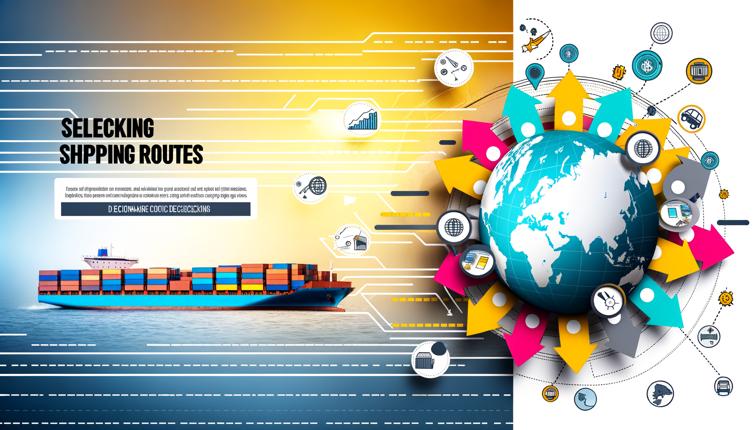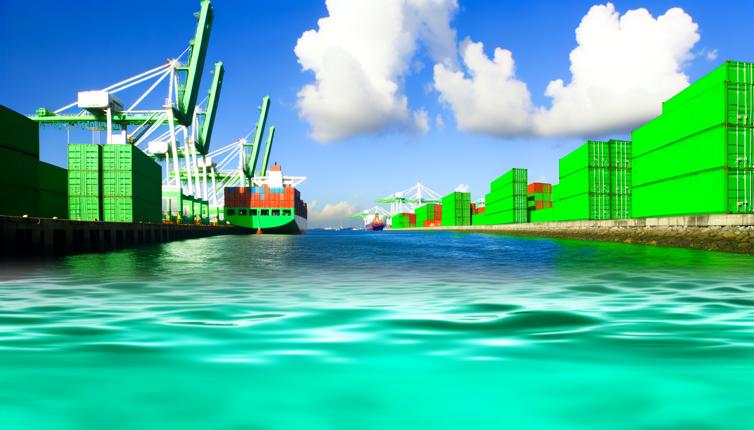Pros of Ocean Shipping
Cost-effective: Ocean shipping is generally more cost-effective compared to other transportation modes, especially for large and heavy goods.,Capacity: Ships have a large carrying capacity, allowing for the transportation of large quantities of goods in a single shipment.,Global Coverage: Ocean shipping provides access to ports all around the world, making it suitable for international trade.,Low Carbon Emissions: Compared to air freight, ocean shipping has lower carbon emissions, making it a more environmentally friendly option.,Flexible Scheduling: Unlike air freight, which has strict schedules, ocean shipping offers more flexibility in terms of sailing frequency and departure dates.
Cons of Ocean Shipping
Long Transit Time: Ocean shipping is slower compared to air freight and may result in longer lead times for your supply chain.,Dependency on Weather: Ships may be affected by adverse weather conditions, leading to delays or even cancellations of sailings.,Risk of Damage: Goods transported by ocean may be susceptible to damage due to rough seas, improper handling, or inadequate packaging.,Storage Requirements: Unlike air freight, which offers faster transit times, goods shipped by ocean may require additional storage facilities at ports, leading to extra costs.,Limited Accessibility: Some destinations may not have well-developed port infrastructure, limiting the accessibility and convenience of ocean shipping.
Factors to Consider
Nature of Goods: Consider the type of goods you are shipping and whether they are suitable for transportation by ocean.,Lead Time: Evaluate your supply chain requirements and determine if the longer transit time of ocean shipping aligns with your business needs.,Budget: Compare the costs associated with ocean shipping against other transportation modes to ensure it fits within your budget.,Destination and Port Infrastructure: Assess the accessibility and availability of ports at your destination to ensure smooth and efficient delivery.,Risk Tolerance: Evaluate your risk tolerance for potential delays, damage, and other risks associated with ocean shipping.
Conclusion
Ocean shipping offers cost-effectiveness, capacity, and global coverage, but it also comes with longer transit times, weather dependency, and the risk of damage. Consider the nature of your goods, lead time requirements, budget, destination infrastructure, and risk tolerance before choosing ocean shipping for your supply chain.









